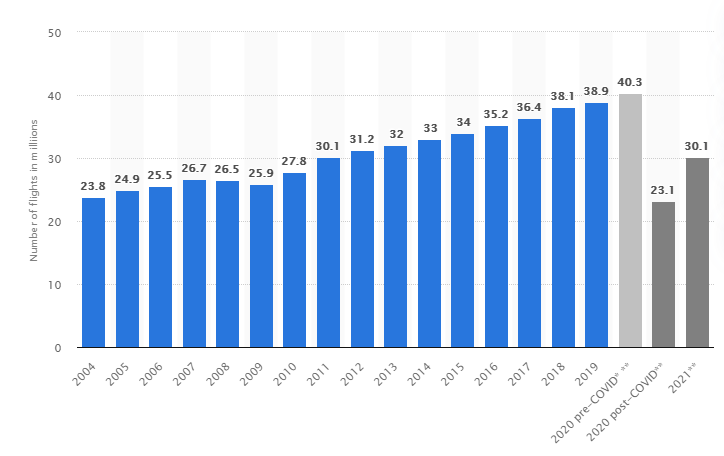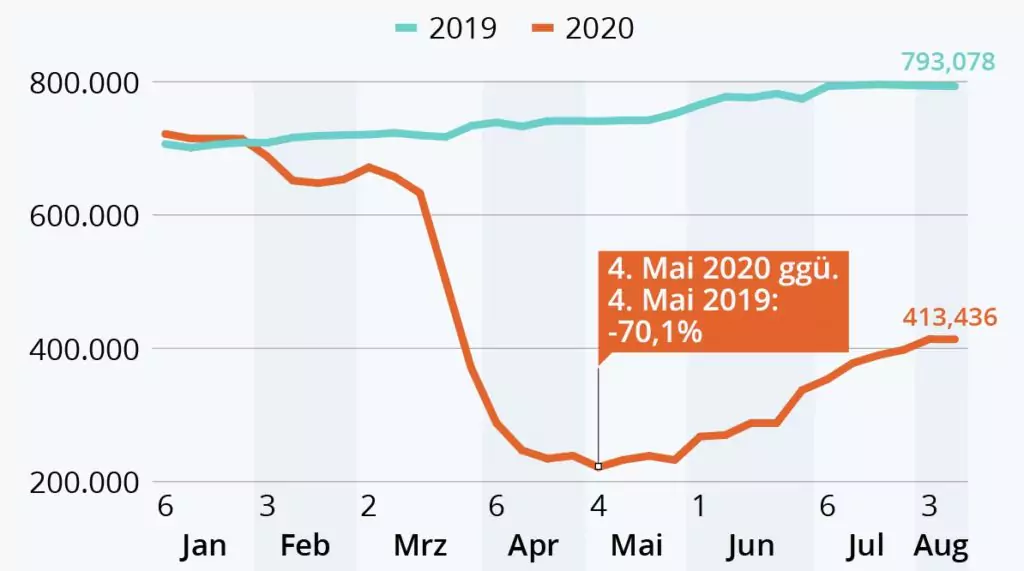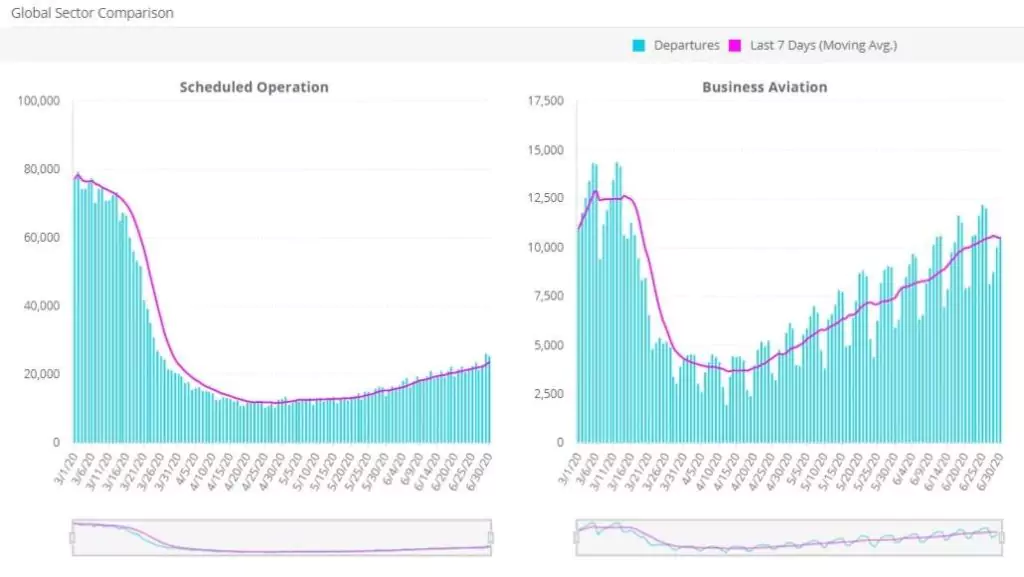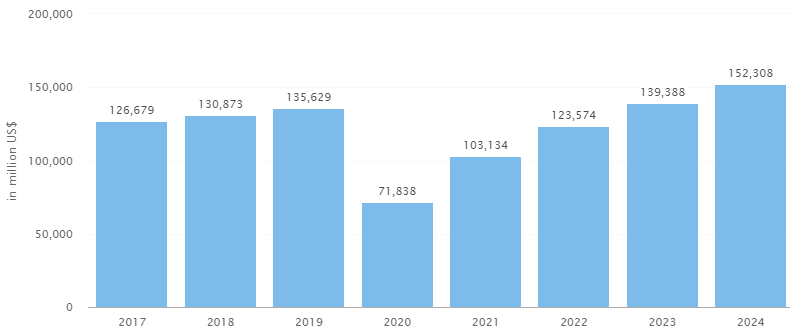By Lea Struck
The number of flights has risen steadily in recent years. In 2019, for example, almost 38 million flights were recorded in global air traffic (Statista). That is more flights than ever before! If the global COVID-19 pandemic had not fatally slowed down air traffic, the year 2020 would probably even have been able to top this record. But how has the current year changed the aviation market and has the pandemic even opened a new window in the private aviation industry? Fly Aeolus explains how the private jet trend has evolved in recent years, the impact of the coronavirus, and what the future might look like.
Private aviation: a continuously growing market
With globalization, worldwide flight behavior has also changed significantly over the years. More and more people are getting on a plane and saving themselves the time of long car journeys. Low-cost airlines are increasingly making it possible. But the number is also rising beyond holiday flights. Especially for business people, air travel has become part of everyday life. This saves time and still allows them to meet customers or business partners face to face. Overall, about half of all business trips take place in a private jet.

Already in 2017 we were able to draw an interesting result in a survey of the aviation market: More than 30% of the business travelers surveyed travel by aircraft once a month, while a further 62% fly once a year. And the trend continues to rise. Contrary to commercial flights, private ones can thereby operate more flexibly. Fly Aeolus, for example, connects 1,600 airports throughout Europe. In comparison: Europe’s largest airport London Heathrow with its 100 airlines flies directly to no more than 380 airports worldwide (Wikipedia).
The possibilities of private jets are not only becoming more and more attractive for business people, but also for other travelers. This is also due to the growing trend towards new and more remote destinations. Thus, not only the number of flights in general but also private travel has increased significantly compared to commercial flights. (WingX)
The year 2020 – The pandemic as a turning point in aviation history
What was supposed to achieve a new record high ended in an unpredictable low in the history of aviation, plus several insolvencies: The year 2020.

In Europe, the year started normally for both commercial and private airlines, with the first quarter even proving to be quite busy. However, the change came abruptly with the rapidly spreading pandemic COVID-19. While the number of scheduled flights started to decline noticeably from the beginning of February, the final death blow fell with the border closures in mid-March.
However, the private jet trend looked somewhat different. Here the busiest day of the year was the 17th of March when imminent travel restrictions triggered a rush of return trips. Booking times have never been as short as they were on these days. But after this high, private jets were also subjected to the lockdown of the countries.

A rethink in the aviation industry?
Unlike commercial, private airlines were able to recover from the low somewhat faster. Business travel accounted for 17% of European air traffic in July 2020, compared to 6-7% in standard times (EBAA). Although due to the virus business flights are more replaced by online meetings and vacations in one’s own country are gaining in popularity, the private jet is now considered to be a safe option in aviation. This is due to several reasons:
- Reduced number of passengers
- No check-in in the terminal
- More flexible departure times
- Limited points of contact
Overall, private flights minimize the risk of infection compared to other airlines with up to 30 times fewer points of contact. In addition, private jets are now filling the gaps on the routes of scheduled flights caused by the pandemic. Read more about the risk of infection in large boings and the advantages of private flying in our blog “Flying during coronavirus & how the private aviation sector is handling the crisis“.
The future prospects of the aviation market
The question of whether private operators will continue to take over scheduled flights from airlines in the future is difficult to predict. What is certain, however, is that the private jet trend will benefit at the end of the day. After all, the pandemic has induced people to rethink. Less is now the price of a priority than safety and health. Most passengers in business and first-class will be able to afford the price difference and thus reconsider a change of aircraft. But all told, it can be expected that it will take some time for the airline industry to recover from this downturn. Experts believe that the flight sector’s turnover will not return to a comparable level of 2019 until 2023. (Statista)

The safety of a low-cost flight taxi
Is your health also your top priority when flying? Then follow the private jet trend and fly with Fly Aeolus. Not only do we offer you fewer contact points and all the anti-infection measures within our power, but we also provide our service at a reasonable price!
Avoid crowded terminals and canceled flights and take a look at our price calculator! This allows you to have a look at the prices of our flight taxes yourself.
If you have further questions about flying in times of the Coronavirus, please do not hesitate to contact us by e-mail at info@flyaeolus.com or give us a call at +32 (0)3 500 9082.
We look forward to hearing from you!